
Soccer peak body “sure” gay footballers playing in A-League
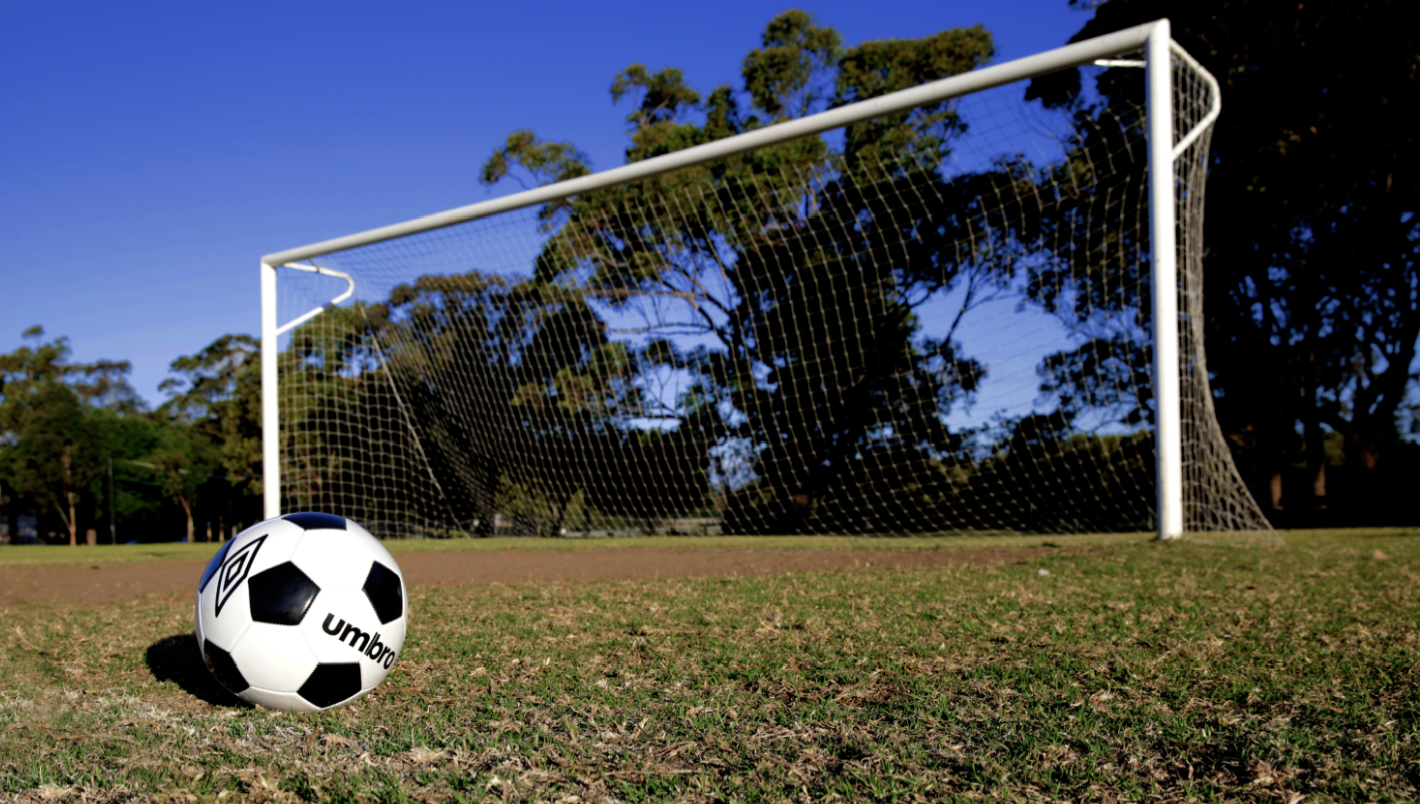
GAY sportspeople are currently playing in Australian soccer’s top flight A-League and should be encouraged to be open about their sexuality, a senior official from the sport’s peak body has told the Star Observer.
The Head of Women’s and Community Football at Football Federation Australia (FFA), Emma Highwood, made the comments in the week soccer begins the implementation of a new three-point plan to bolster gay and lesbian participation in the game.
Globally, women’s soccer has seen a number of openly gay players, including former Australia internationals Julie Murray and Sarah Walsh. Conversely, out players in the men’s game are few and far between, with notable exceptions being one-time German international Thomas Hitzlsperger and the UK’s Robbie Rogers who plays for David Beckham’s former team LA Galaxy.
None of Australia’s A-League clubs, which include Sydney FC, the Melbourne Victory and Brisbane Roar, have openly-gay players.
“We’ve got some really open female players, but on the male side it’s pretty silent and that’s comparable with other sports,” Highwood told the Star Observer.
She added that it was a difficult decision for any sports player to come out.
“I’m gay and it’s close to my heart but it’s a big thing when you merge your private and public lives,” she said.
“I’m sure there are players now who are gay in the A-League and they don’t feel comfortable about it.”
However, Highwood said a raft of new initiatives — which are being rolled out to state soccer federations this week — should provide more support for gay and lesbian fans and players.
“I actually think it possible,” said Highwood, on whether an A-League player could come out.
“There should be more people able to be open about their sexuality.”
Soccer has been under pressure to set out its stall on LGBTI inclusion after it missed an August deadline to implement a range of policies following the FFA’s signing of the groundbreaking Anti-Homophobia and Inclusion Framework earlier this year.
Highwood defended the league’s progress, citing the FFA’s complex federal structure.
“We may have missed the initial timeline but from our perspective we’ve taken the time to roll out what is sustainable and support what will work,” she said.
“Signing up to the Anti-Homophobia Framework has really put this on our agenda.”
The FFA’s strategy will see an advisory committee set up with representatives from the football hierarchy and LGBTI community, an inclusion implementation plan focusing on training, leadership and partnerships and support to gay football clubs such as the Sydney Rangers, Flying Bats and Melbourne Rovers.
“The real strength is in the doing not just in the writing,” said Highwood, who hoped to open talks with LGBTI soccer body Pride Football Australia within the next fortnight.
Joseph Roppolo, president of gay and inclusive football club the Sydney Rangers, said the FFA were “making the right sounds.”
He also noted Sydney FC’s official support of last month’s 2014 Pride Football Australia championships.
“We are being taken more notice of and it’s reassuring to know football is embracing that inclusive spirit,” he said.
Roppolo said Pride Football Australia welcomed discussions with the FFA but struck a note of caution: “I don’t think they’re playing catch up [with other sports] but it will be interesting to see how the FFA deal with [homophobic] incidents other codes have had to face.”
Andrew Purchas, President of Bingham Cup Sydney 2014 and one of the driving forces behind the anti-homophobia framework, confirmed the organisation had met the FFA in recent weeks to discuss their LGBTI inclusion proposals.
He welcomed the code’s efforts saying, “what they are planning is certainly significantly more than education,” a reference to the limit of soccer’s previous commitment to promoting LGBTI inclusion.
Purchas said getting all the codes on board with the LGBTI framework was “going to be a journey and if it was easy it would already have been done”.
“But in order for it to be effective it’s got to be encouraged from the top down and built from the grassroots and the impact will be revealed in [homophobic] incidents and attitudes within the sports,” he said.
The Bingham Cup plans to release a “report card” on the progress made by the sporting codes on LGBTI inclusion next year.
(Main image credit: Ann-Marie Calilhanna; Star Observer)




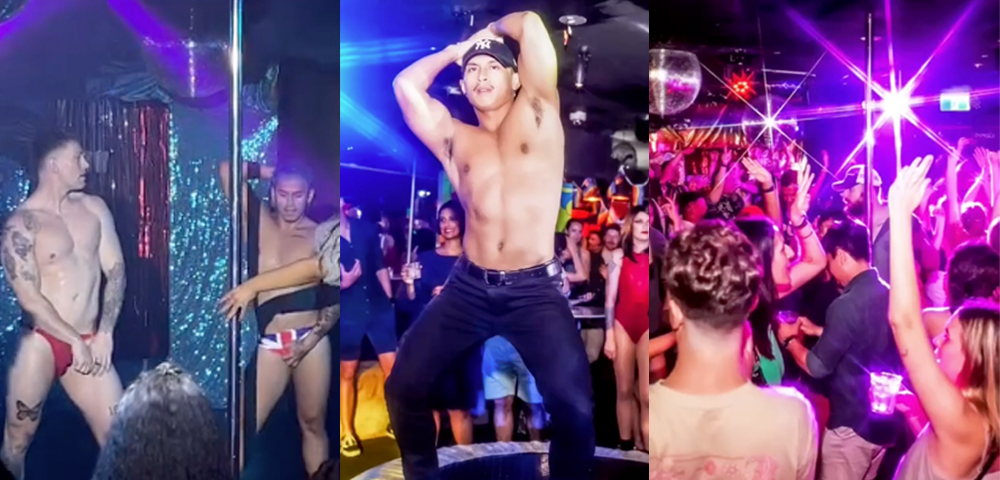
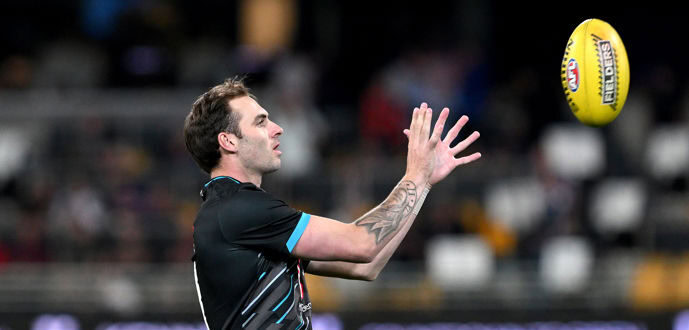
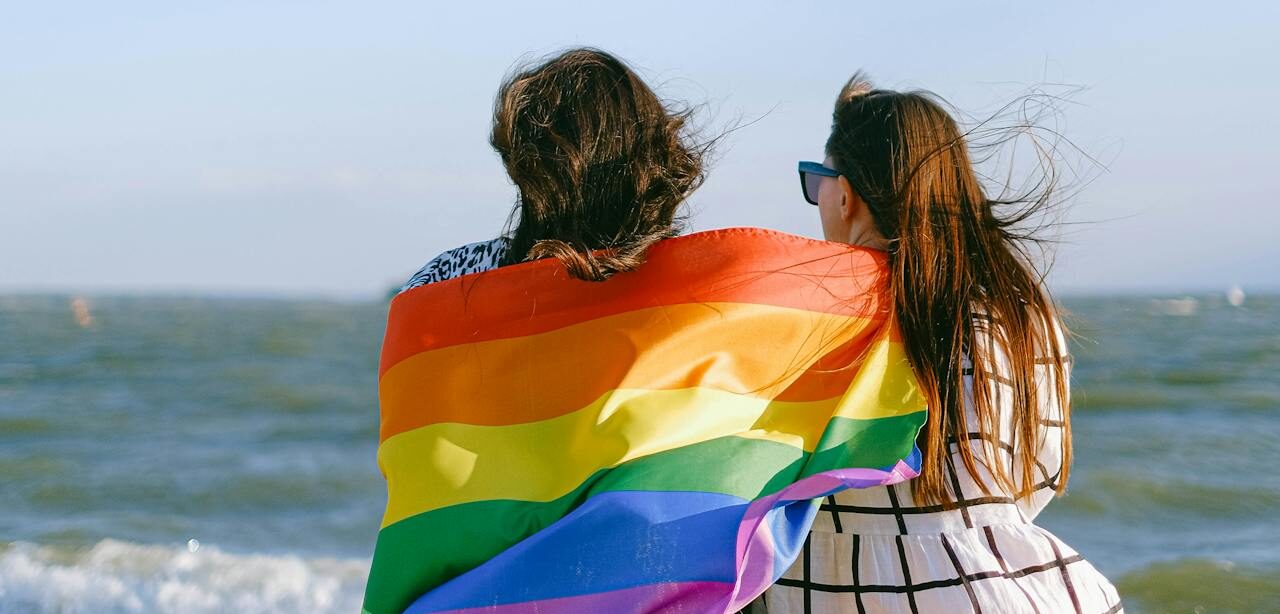
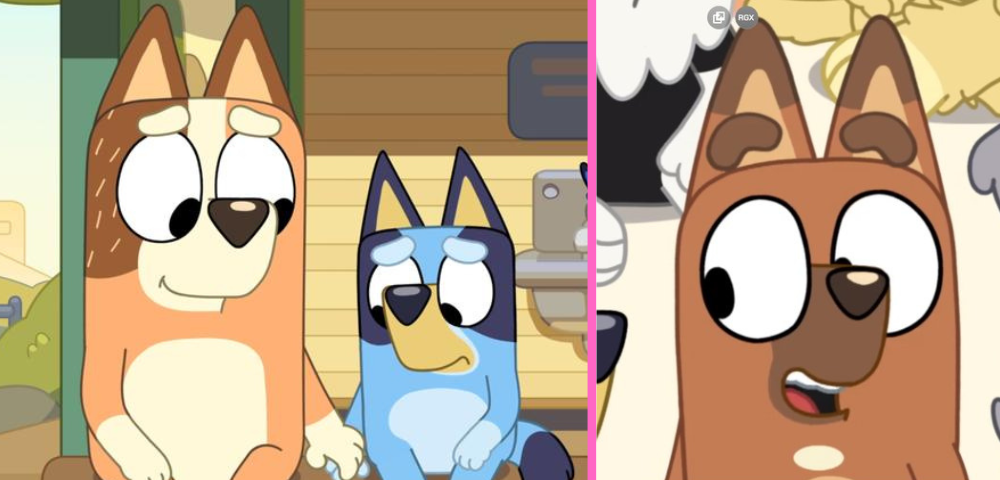
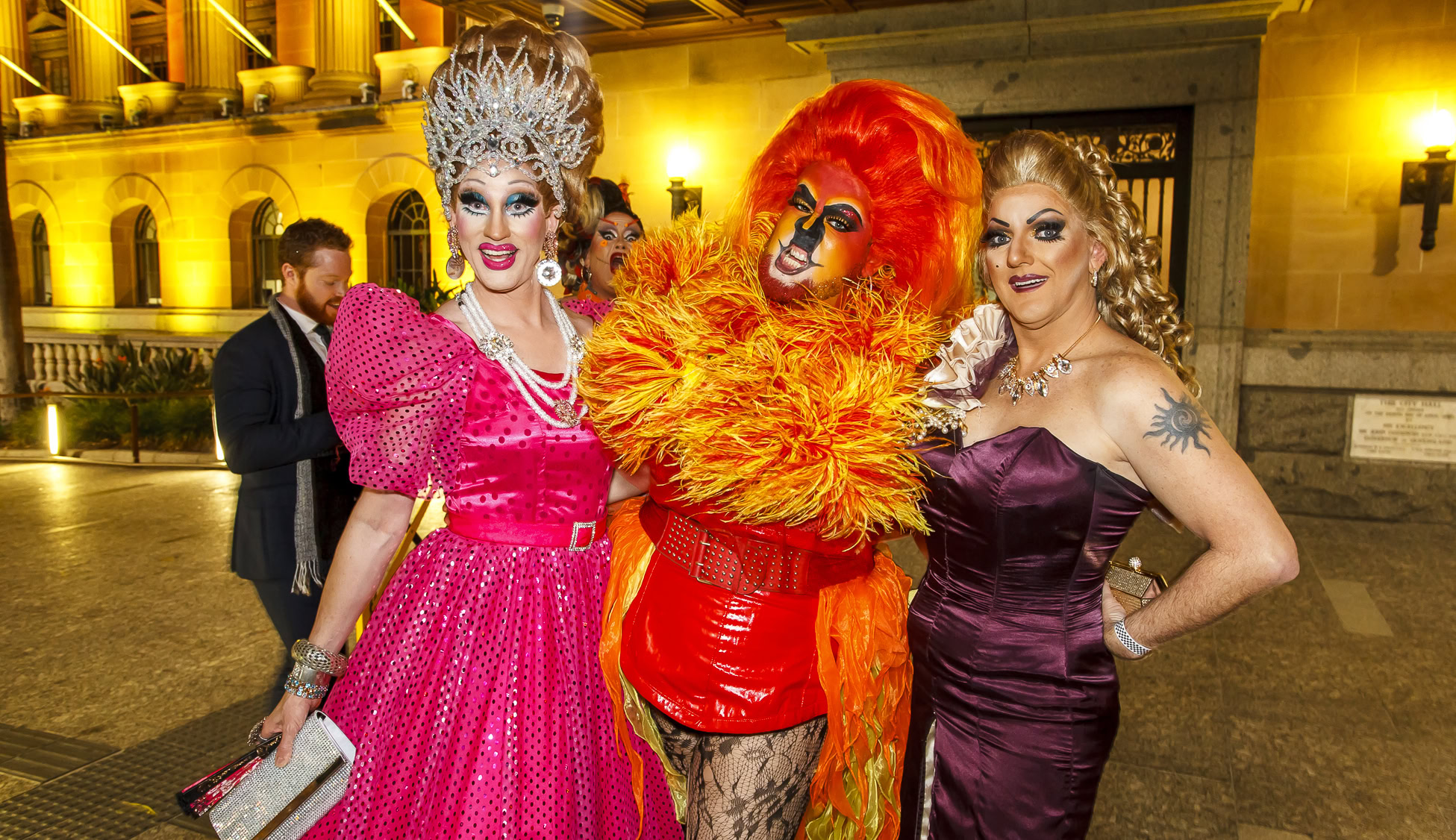
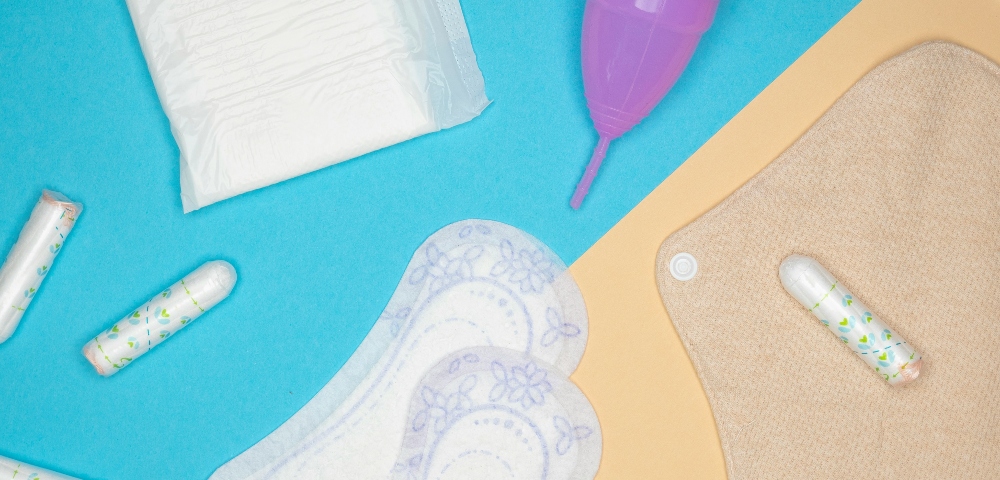
No-one HAS to come out, but it would be great if they felt that they could do so whilst still actively playing – rather than juggling two separate lives and not feeling able to be open and honest with who they are.
An out and proud professional athlete inspires so many LBGT youngsters and adults that love and enjoy sport but have no ‘like-minded’ icons to aspire towards. Team sports can be an intimidating place for LBGT youths growing up, and as more athletes become open about their sexuality the hope is that the acceptance and openness extends to school sports and youth sports so that in the future it will no longer matter who is gay and who isn’t.
Wouldn’t it be nice to see a Socceroo, A-League or EPL player take their boyfriend or even their husband to an end of season awards night alongside all of the WAG’s?
Yay lets do a witch hunt on all soccer players. Makes you no better than homophobes. Soccer is a sport not a sexual preference.
why do they have too …….
Who gives a shit
Why do they have to come out
Once they retire sadly.